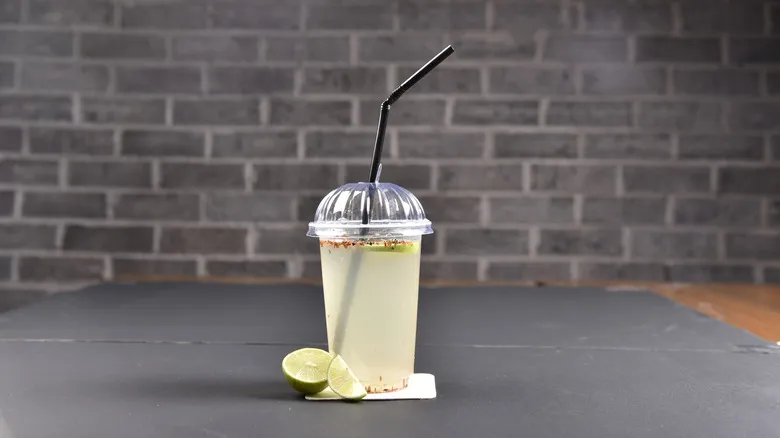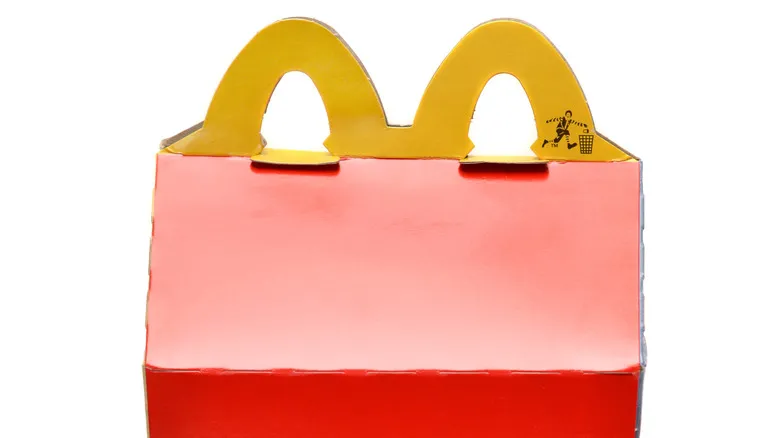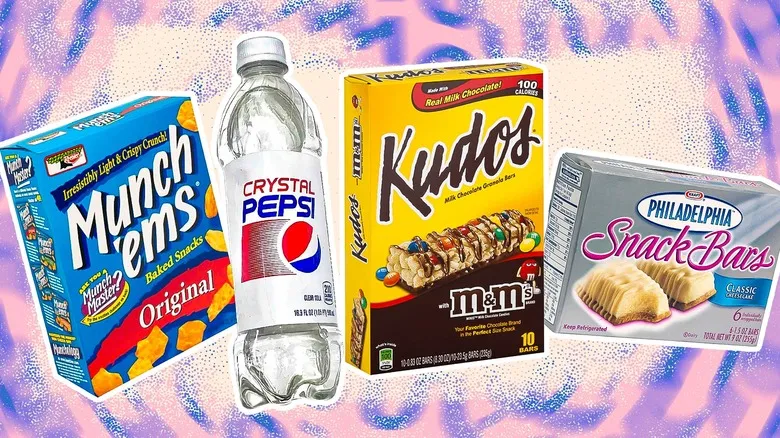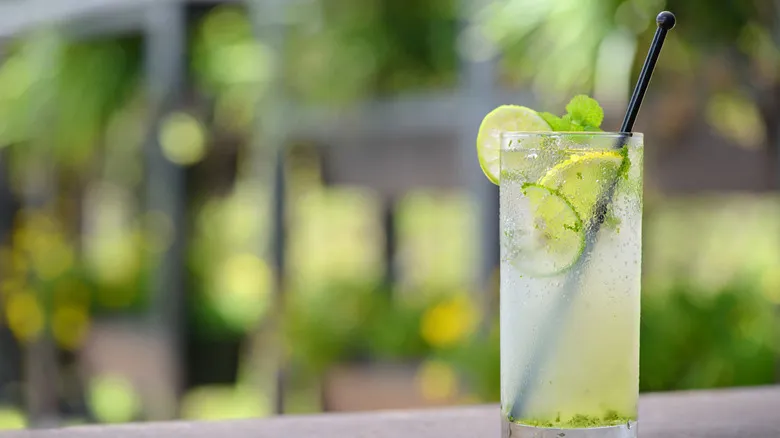The Bootleg's Prohibition-era history

Like many cocktails, the origins of the Bootleg are often more myth than fact. Created during Prohibition, the specifics become even murkier. It's evident that this drink doesn't stem from a long-standing bartending tradition with meticulously measured recipes. For starters, the choice of liquor is quite flexible; anything from gin to vodka, whiskey, or rum can be used. Additionally, instead of a meticulous mix of intricate ingredients in a shaker, all that's required is to toss mint, lemonade, limeade, and a peeled lime into a blender, followed by a splash of liquor — and there you have it! A straightforward cocktail that places minimal emphasis on the alcohol.
In this sense, the Bootleg certainly fulfills its purpose of being easy to drink. One might reasonably speculate that its bold sweet and sour flavors were crafted to disguise the inferior spirits of the Prohibition era. Its lemonade-like appearance may have also contributed to an illusion of sobriety. Since bartenders of that time kept their creations and recipes secret, the exact history remains largely speculative — but what is undeniable is that this drink is still enjoyable today.
Recommended

The Confusing History Behind McDonald's Happy Meal

The Pennsylvania Drink That Tastes Like Tree Bark, But In A Good Way

The Origins Of How Candy Canes Became A Christmas Tradition

13 Popular Snacks From The '90s We'd Like To Taste Again
Next up

